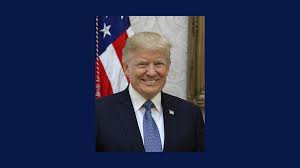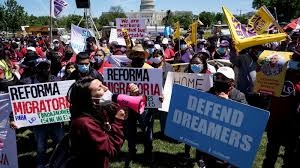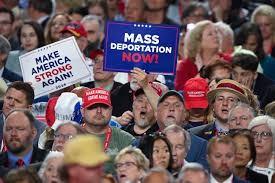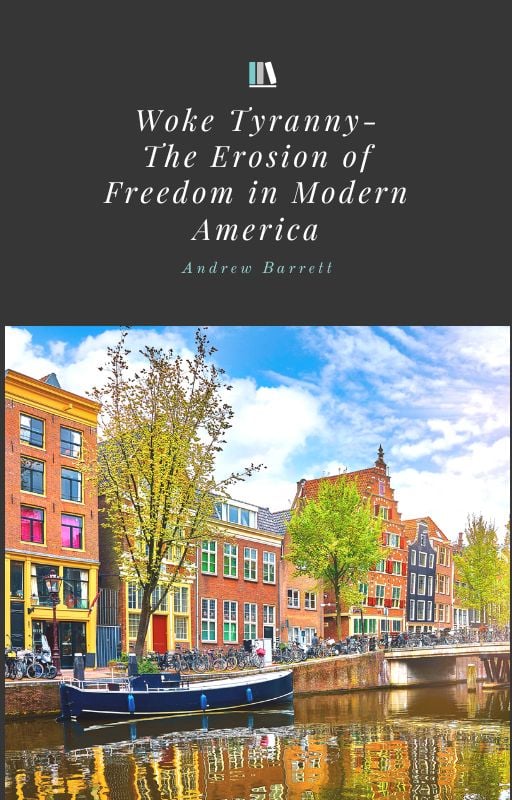Immigration Reform 2025: What to Expect and How It Will Affect You
Immigration Reform 2025 is poised to significantly reshape the landscape of U.S. immigration policy, particularly under the potential leadership of former President Donald Trump, who has outlined a comprehensive plan known as Project 2025. This initiative aims to implement stringent immigration controls and fundamentally alter existing frameworks governing immigration and asylum.
## Key Features of Immigration Reform 2025
### **1. Stricter Immigration Controls**
Project 2025 proposes a series of aggressive measures aimed at reducing immigration levels. This includes:
- **Ideological Screening**: A requirement for immigrants to undergo ideological tests to assess their loyalty to the United States, potentially impacting visa approvals and asylum applications[1][2].
- **Increased Deportations**: The plan suggests ramping up deportation efforts, including the use of expedited removal processes that would allow for quick deportations without judicial review[1][4]. This could lead to mass deportations, affecting millions of undocumented immigrants and their families[6].
### **2. Changes to Asylum Policies**
The reform aims to tighten asylum eligibility by:
- **Raising Standards for Asylum Claims**: New regulations would make it more challenging for applicants to demonstrate a credible fear of persecution, particularly for those fleeing violence or domestic abuse[2][6].
- **Elimination of Temporary Protected Status (TPS)**: The plan seeks to end TPS, which currently protects individuals from countries experiencing crises, thus exposing many to deportation[3][4].
### **3. Impact on Family-Based Immigration**
Project 2025 intends to dismantle family-based immigration systems:
- **Ending Chain Migration**: The proposal includes significant restrictions on family reunification processes, which have historically allowed U.S. citizens and lawful permanent residents to sponsor relatives for immigration[1][4].
- **Repeal of the Diversity Visa Lottery**: This program, which allocates visas to underrepresented countries, would be eliminated, further limiting the diversity of new immigrants entering the country[2][5].
### **4. Financial Barriers and Legal Access**
The proposed reforms may also impose financial barriers:
- **Increased Application Fees**: Significant hikes in fees for visas and green cards are anticipated, potentially making legal immigration financially inaccessible for many[2][4].
- **Limited Legal Representation**: The reforms could restrict access to legal assistance for immigrants facing deportation, exacerbating challenges in navigating the complex immigration system[6][8].
### **5. Broader Societal Implications**
The implications of these reforms extend beyond immigrant communities:
- **Economic Impact**: By reducing the number of legal immigrants, the U.S. could face labor shortages in critical sectors such as agriculture and hospitality, impacting economic growth and productivity[7][8].
- **Community Fear and Division**: The increase in enforcement actions may instill fear within immigrant communities, discouraging individuals from seeking essential services like healthcare or education due to fears of deportation[3][6].
## Conclusion
As Immigration Reform 2025 unfolds, it is expected to create significant changes that will affect millions of individuals—both immigrants and U.S. citizens alike. The proposed policies under Project 2025 suggest a shift toward a more restrictive immigration framework that prioritizes national security over humanitarian considerations. Stakeholders across various sectors will need to prepare for these potential changes and advocate for fair and just immigration policies that reflect the values of inclusivity and diversity that have long characterized the United States.


















